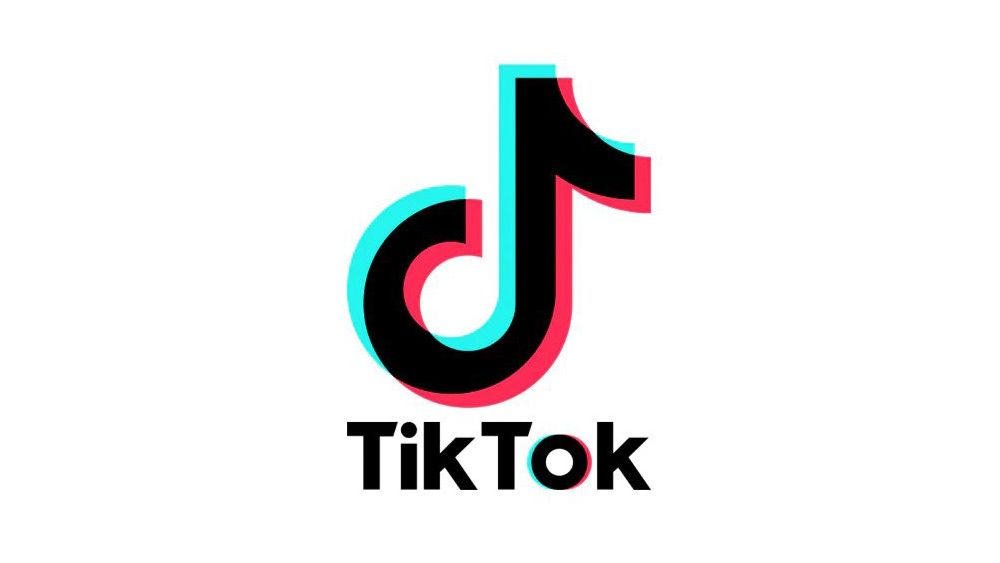How can we improve Public Participation in Kenya?
The Public Participation Bill, 2024, outlines a framework to guide how public engagement in governance is conducted, aiming to standardise procedures and provide clear guidelines for participation. It includes the proposal to establish the Office of the Registrar of Public Participation, which would be tasked with overseeing participation processes, ensuring inclusivity, and facilitating mechanisms for receiving and processing public input on governance and legislative matters.
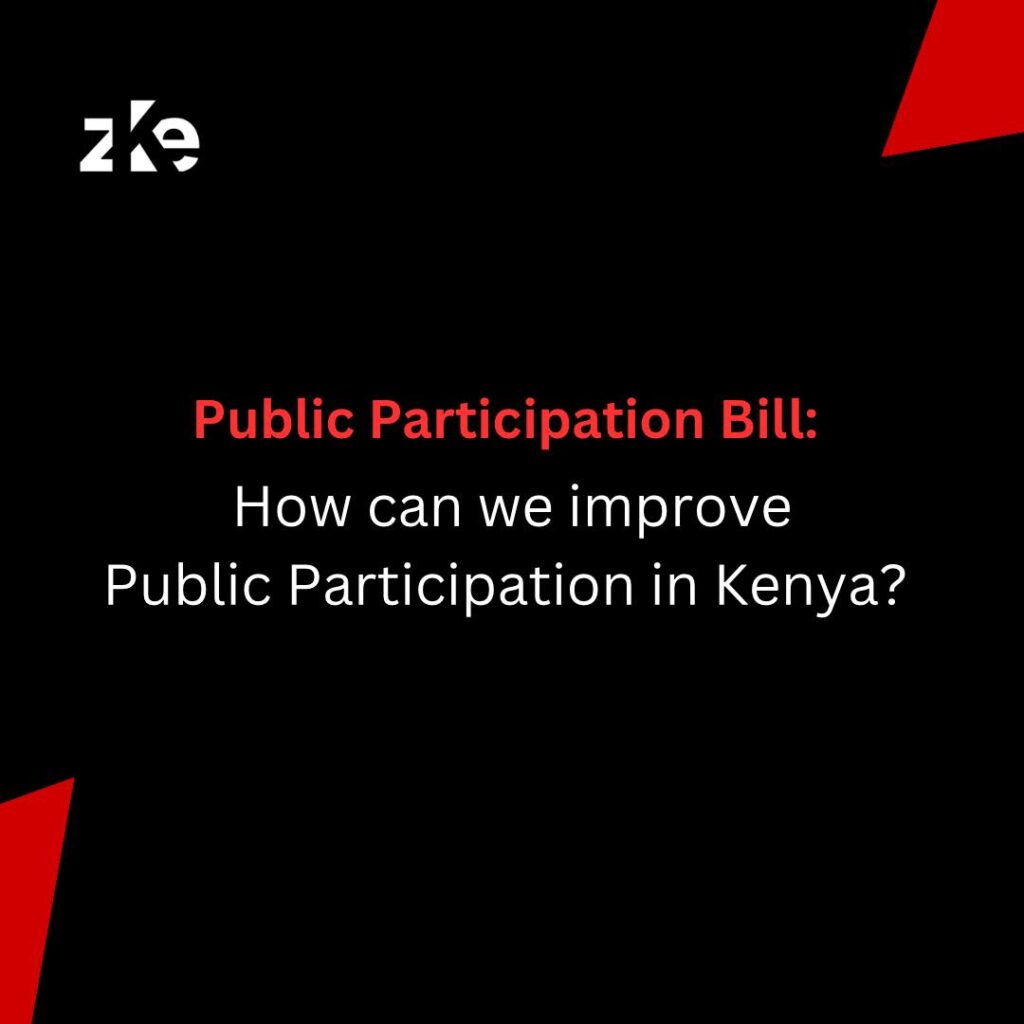
The Public Participation Bill, 2024, seeks to establish a framework for structured and inclusive engagement in governance. 📋💬
For example, some key proposals included:
- Creation of the Office of the Registrar of Public Participation to oversee and standardise engagement activities 🏢.
- Development of detailed participation plans and stakeholder analyses to guide public input processes 📑.
- Provision of mechanisms for inclusivity and transparency in public participation processes 🤝.
- Inclusion of clear guidelines for receiving, processing, and incorporating public views into governance and legislative decisions 🗳️.
We recognised that the voices of the youth was needed to shape these critical conversation! zKe conducted a series of consultations with the youth both offline (through public youth Barazas), on radio/ TV and on digital spaces including on zKe social media channels, on X spaces and using deliberative technologies such as Pol.is.
Youth Barazas
zKe conducted a series of in-person youth Barazas/ assemblies in five representative counties in Kenya, including Homabay, Nairobi, Nakuru, Kitui, and Mombasa. A total of 152 representative youths from these counties discussed the question on Public Participation Bill 2024.
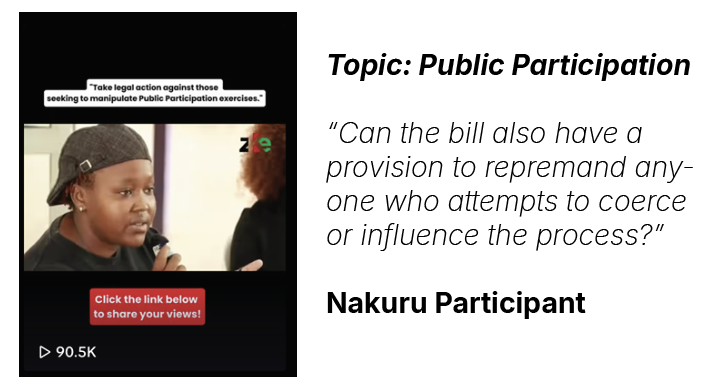

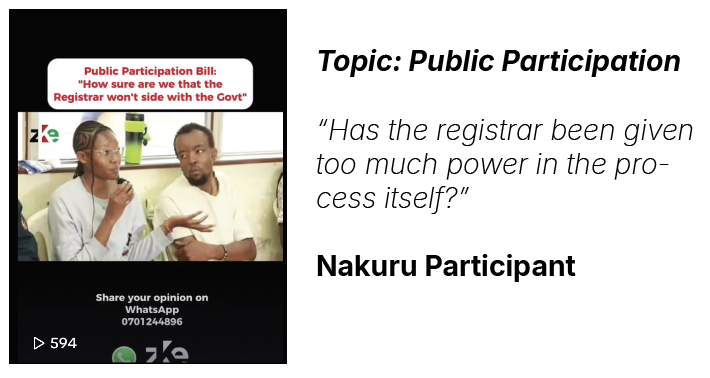
Digital Consultations
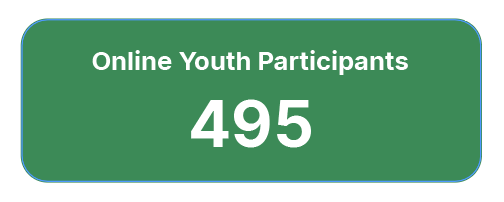
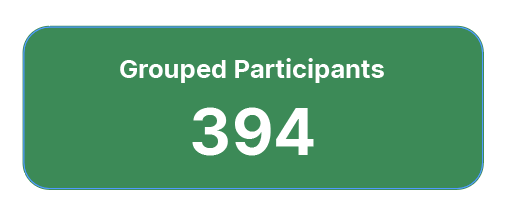
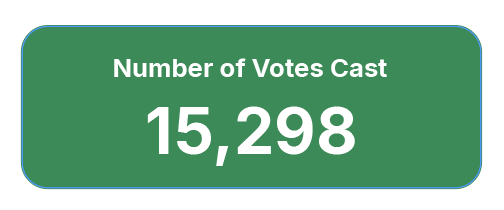

From the total of 239 participants, the majority, representing 66%, identified as young people belonging to Generation Z.

The results of the online conversation show us that the youth recommended the extension of the public participation process to a minimum of 30 days while prioritising user-friendly digital platforms over traditional methods, ensuring broader accessibility and more inclusive engagement.
Note: The pol.is platform allows us to identify both the statements that received the highest number of agreement or disagreement votes and the statements with the highest or lowest group informed consensus. In summary, group informed consensus is a measure of how favorably a statement is viewed by people who otherwise disagree with each other. Statements with high group informed consensus scores (we’ll call these “consensus statements”) are often those that bring everyone together across dividing lines; statements with low group informed consensus scores (we’ll call these “divisive statements”) are often those that are likely to be most divisive because they have strong agreement from one group and strong disagreement from another group. Please see the notes at the end for a more detailed definition of group informed consensus and how this differs from majority voting.
Most Consensual statements
The youth reached a 60% consensus emphasising the need for the Public Participation Bill 2024 to include accessible education on participation rights via media platforms, user-friendly digital tools for feedback and engagement, detailed post-legislation reports to ensure accountability, a minimum 30-day submission period for inclusivity, and a feedback mechanism to inform the public on the consideration of their proposals, aligning with the bill’s goal to enhance transparency and inclusivity in governance.participation.
💡 The most consensual views in the conversation included:
- Use various media platforms, especially radio and mobile technology which are widely accessible, to educate citizens about their rights to participate and how they can do so. This isn’t just information dissemination; it’s an invitation for citizens to be co-authors of their country’s future.
- Develop user-friendly digital platforms where citizens can view bills, provide feedback, and even engage in live discussions or Q&A sessions with bill authors or committee members. This could feel like opening the doors of Parliament to every Kenyan home, making the legislative process a shared journey.
- After legislation, release reports detailing how public input was used or why it wasn’t. This accountability can feel like a dialogue rather than a monologue, showing citizens their contributions are valued.
- Public Participation must be available for all. Minimum 30 days for submissions at every constituency.
- The bill should have a feedback mechanism where the public is informed, in whichever way, why certain proposals were not accepted.
Most divisive statement
The most divisive issue was whether setting a minimum threshold of 10,000 participants for public participation is necessary, with strong disagreements across different groups.

All the statements/ views can be accessed here.
TikTok Live Conversation
zKe hosted a live conversation with the youth to discuss the Bill, during which the majority expressed dissatisfaction with the current timeline for public participation and the exclusive nature of the process.
Social Media Engagement
Below are some of the engaged content from zKe on the Public Participation Bill on different platforms:
